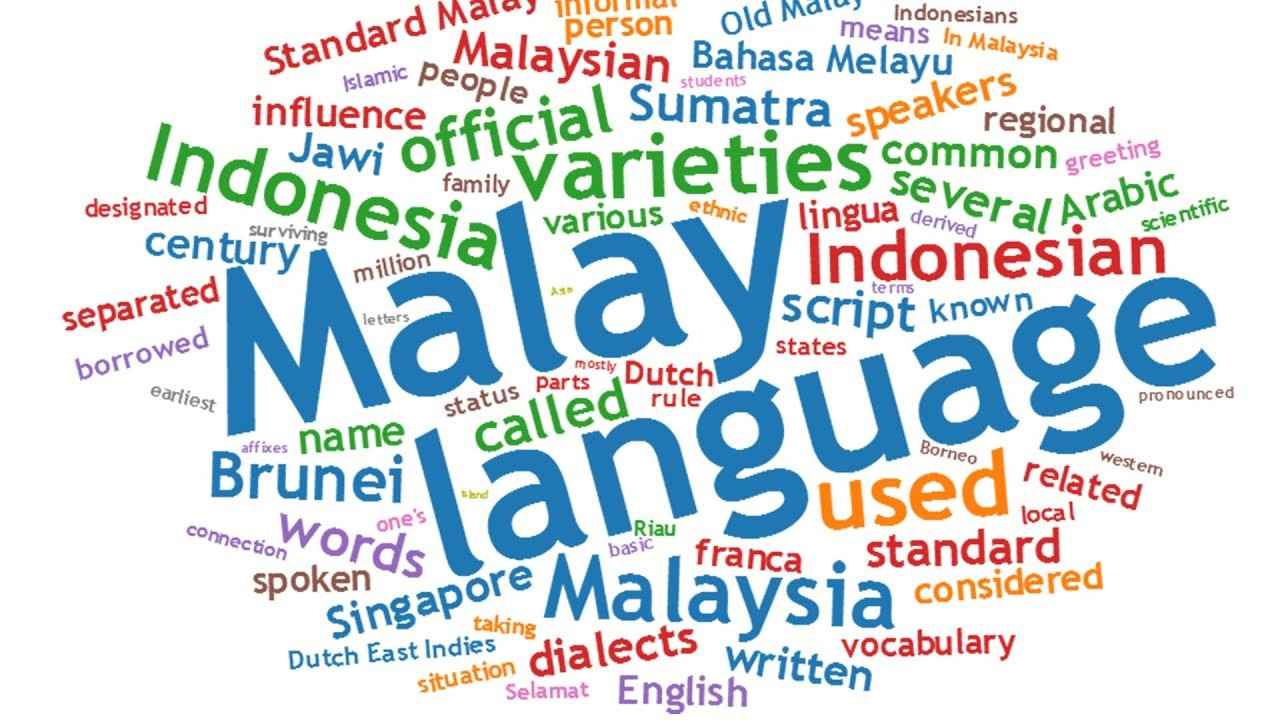
One of the global markets with the quickest rate of growth is Southeast Asia. Large populations and frequent internet users can be found in nations like Malaysia and Indonesia. Brands that want to grow often look to these regions. But reaching people here is not just about speaking their language. It’s about knowing their way of life, their values, and how they feel when they read your message.
Using English to Indonesian translation services is just the beginning. To truly connect, your message must feel local. It must sound like something made for the people, not something copied from another market.
This blog explains why understanding culture is the secret to great marketing in Indonesia and Malaysia.
Why Local Feel Matters More Than Words
Words carry more than meaning. They carry emotion, trust, and memory. A word may seem simple, but it might have different weight in different places.
For example, a word like “free” in one country can be a happy word. But in another, it may raise questions. People might ask, “What’s the catch?”
In Indonesia and Malaysia, people notice tone and manners. A soft approach works better than loud claims. If your brand sounds too proud, it may feel rude. If it sounds too casual, it may seem careless.
That’s why culture must guide your campaign. The way something is said matters more than the thing itself.
Religious and Social Norms Are Key
Both countries have strong ties to tradition and faith. Indonesia is home to the world’s largest Muslim population. Malaysia has a mix of Islam, Buddhism, Christianity, and Hinduism. These beliefs shape daily life, choices, and spending habits.
Campaigns that don’t respect these values may fail fast. For example, a food ad that forgets halal standards will not work in many regions. A fashion brand showing too much skin may upset viewers.
Even colors and images can carry hidden messages. Green is linked with nature and calm in many parts of the region. Black, however, may be seen as sad or unlucky in some groups.
Understanding these silent rules can turn a simple ad into one that feels just right.
Humor Does Not Always Translate
Humor is tricky. What’s funny in one country may be strange or even rude in another. In Indonesia and Malaysia, jokes often rely on timing, tone, and shared experiences.
Using a joke from the West might confuse local users. It might not land well. Even worse, it might offend.
Local humor often draws from school memories, food habits, or family talk. A line like “Don’t make me tell Mom” may bring a smile in both countries because it touches a common memory.
To use humor well, you must live the culture. Or, work with someone who does. That’s how you write jokes that feel homegrown.
Words Must Match Everyday Speech
Some translations sound too formal. Others feel too robotic. People know when something sounds “off.” This can break trust.
In both Indonesia and Malaysia, people mix languages when they talk. In cities, you may hear English mixed with Bahasa Indonesia or Malay. Ads that reflect this natural style sound more real.
But this mix should be done with care. Too much slang can feel fake. Too little can feel cold. The key is balance.
Local writers help find this balance. They know how people speak at home, at work, and online. This helps brands write lines that click with real people.
Respect for Age and Family Roles
Family is very important in both cultures. Age brings respect. Older people are seen as wise. Children are guided with care.
So how you talk to people in a campaign matters. A brand talking to teens may use fun and simple words. One talking to parents may need a softer, more respectful tone.
Even showing family life in ads can help people relate. A father buying school shoes or a grandmother cooking a family meal can create deep connections.
These images are not just sweet, they are true to life in Indonesia and Malaysia. They help people see themselves in your story.
Festivals Offer Great Timing for Campaigns
Both countries have rich calendars full of local holidays. Ramadan, Hari Raya, Chinese New Year, and Deepavali are just a few. Each brings its own mood, foods, and shopping habits.
Smart marketers plan their campaigns around these dates. But timing is not enough. You also need the right voice.
During Ramadan, for example, people focus on peace, patience, and giving. A loud or flashy ad may feel wrong. But one that speaks of kindness and care may win hearts.
A well-made local campaign during a major holiday can build trust fast. It shows that your brand is part of their world, not just selling from the outside.
Visual Style Must Fit the Culture
Photos, colors, clothes, and even fonts send signals. A picture of food must match how people eat it. A face in an ad should look like someone from the local area. Clothes must fit local taste and modesty levels.
For example, an ad showing a handshake between a man and a woman might not feel right in some Muslim areas. A better image may show a warm smile instead.
Also, fonts that are too sharp or bold may feel harsh. Rounder fonts may feel friendlier. Color choices must also feel familiar.
These small design changes help your brand feel local and loved.
Social Media Habits Are Not the Same
People in Indonesia and Malaysia use social media often. But how they use it is different from Western countries. Long captions, story-telling posts, and fun polls are very common.
Video content is also big, especially on mobile. Many users prefer short, clear videos with subtitles. They often watch with sound off.
Brands that follow these habits win more views and shares. But again, local taste is key. A video made for a Western audience may not feel right here.
Even emoji use can change. Some smileys may feel too strong or too weak depending on the setting. Small things matter.
Use Local Influencers the Right Way
Influencers in Indonesia and Malaysia have deep reach. People trust them more than ads. But not all influencers fit every brand.
Micro-influencers, those with small but loyal followers, often bring better results. They talk more like friends than stars. Their posts feel honest.
Brands must choose influencers who share their values. And the message must match their tone.
For example, a skincare brand should work with someone known for healthy habits, not just beauty. A snack brand should pick someone who shares daily life with humor and heart.
This builds real bonds with the audience.
Keyword Choices Need Cultural Sense
Many brands use search ads and SEO to get found online. But direct translation of keywords can miss the mark.
People in Indonesia and Malaysia may search in mixed languages. They may use slang or short forms. A search for “cheap shoes” may be written in a local mix of English and Malay or Bahasa Indonesia.
That’s why SEO must be based on how people really search, not just on language rules. This helps your brand show up where people are already looking.
Using English to Malay translation services is helpful, but the goal should be more than just correct grammar. It should be about matching local search styles.
Conclusion
To succeed in Indonesia and Malaysia, you need more than just translation. You need to understand the people. Their culture. Their ways of speaking, feeling, and living.
Culturally fluent marketing is not extra, it is the base of success. When your campaign sounds local, it becomes trusted. When it feels real, it becomes shared.
The brands that win are those that listen first, then speak. They care about how people live and not just what they buy. That’s the true magic behind marketing in Southeast Asia.







